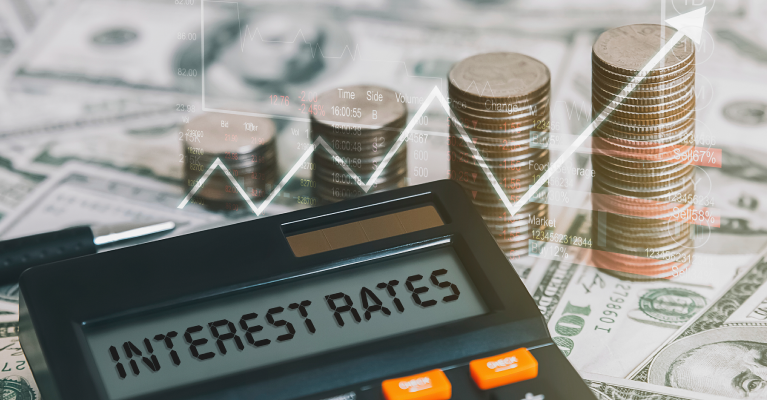More Inventory May Fuel Lower Prices for Fall Homebuyers, But They Will Still Need to Watch Their Finances Closely

Recent reports and trends may be signaling an attractive homebuying season this fall across the country, including Realtor.com’s fourth annual Best Time to Buy Report, which found the best time to buy a home in the U.S. is the week of September 25 to October 1, offering buyers more housing inventory due to an increase in listings, less competition, and lower prices.
While the Greater Philadelphia and Delaware region doesn’t typically experience the high “highs” or the low “lows” of the national housing market, an overall rebalancing of the market is expected this fall. This is great news for homebuyers in the region who have felt the impacts of soaring home prices and unprecedented competition for more than a year.
Even with these positive developments, homebuyers should prepare themselves to spend more on other areas associated with buying a home due to inflation and higher interest rates than we’ve been accustomed to over the past decade.
Keep these short- and long-term budget factors in mind if you are planning to buy a new home this fall.
Higher Mortgage Rates
Although not directly tied to the Federal Reserve’s interest rates, mortgage rates have continued to climb overall, with some ebbs and flows mixed in. The result is higher monthly payments for most borrowers. For example, if you purchase a home with a $310,000 mortgage and lock in your rate at 6%, it will cost you nearly $200 more per month than the same loan would at a 5% rate depending on how much of the purchase price is financed and other factors including mortgage insurance and taxes.
Dive deep into your finances with your mortgage lender to determine your true costs at closing and beyond to ensure your home purchase doesn’t stretch your budget too thin.
Materials and Labor Costs
If the home you buy is move-in ready and does not need any immediate repairs or remodeling, great! However, if your new home needs a little TLC, keep in mind that the cost for materials, even for DIY projects, is higher due to inflation and, for some items, supply chain constraints. For non-DIY projects, the cost for contractors’ labor may be higher due to ongoing demand for their services, and wait times can be long as well.
Be patient and think about the long term by tackling the smaller projects that are less cost prohibitive first, even knocking off some you can accomplish over a weekend, like a new garden or flowerbed to have ready for spring planting or appliance upgrades to freshen up your kitchen.
Home Furnishing Prices Are Higher, Too
For many homeowners, especially first-time homebuyers, furnishing a new house is almost as exciting as buying the house itself, allowing them to put their own touch and style on possibly the largest purchase of their lives.
With inflation’s grasp on almost all consumer goods, however, buying furniture has become even more financially daunting.
If it fits your style and you have DIY interest, investing in some household tools (which always come in handy for homeowners anyway) and hitting the fall yard sale circuit could be a great way to add a personal touch to your new home without breaking the bank.
For every homebuyer, the initial and post-purchase costs can vary. As you prepare to buy a home this fall, take full stock of what you’ll need at move-in, develop a budget and map out a plan to make your dream home your own.

Helping you boost your financial intelligence.
Read our financial resources from your friends at WSFS.



